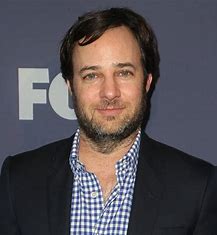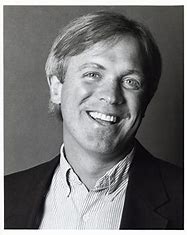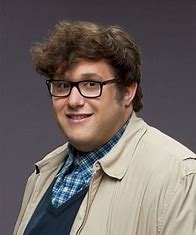Introduction
James Wong Howe was a pioneering filmmaker, cinematographer, and visionary whose work had a lasting impact on the film industry. Born in China in 1899, he came to the United States as a teenager and began his career in Hollywood in the 1920s. Over the course of his career, he worked on over 130 films, earning an impressive nine Academy Award nominations and two wins. Howe’s innovative techniques and artistic vision helped to shape the look and feel of cinema in the 20th century, and his legacy continues to inspire filmmakers today.
Early Life and Career

From China to Hollywood
James Wong Howe was born Wong Tung Jim in Guangzhou, China, in 1899. His family moved to the United States when he was a teenager, settling in Pasco, Washington. Howe began his career in the film industry as a lab assistant at Famous Players-Lasky (later Paramount Pictures) in Hollywood. He worked his way up through the ranks, eventually becoming a camera assistant and then a cinematographer.
The Silent Era
Howe’s first major success as a cinematographer came in the silent era, when he worked on films such as Tol’able David (1921) and The Power and the Glory (1928). He quickly gained a reputation for his innovative techniques, such as his use of deep focus and his ability to capture complex camera movements. These skills would serve him well in the years to come, as the film industry underwent a rapid transformation with the advent of sound.
The Sound Era
The Hollywood Studio System
With the rise of sound in the late 1920s and early 1930s, the film industry underwent a period of rapid change. The Hollywood studio system emerged as a dominant force, with major studios such as MGM, Warner Bros., and Paramount Pictures controlling every aspect of the filmmaking process. Howe worked for many of these studios, including MGM, where he was one of the most sought-after cinematographers of the era.
Collaborations with Directors
One of the keys to Howe’s success was his ability to collaborate effectively with directors. He worked with some of the most talented filmmakers of his time, including John Ford, George Cukor, and Otto Preminger. Howe’s work with Ford on films such as The Long Voyage Home (1940) and How Green Was My Valley (1941) is particularly noteworthy for its use of deep focus and its ability to capture the rugged beauty of the American landscape.
Later Years and Legacy
The 1950s and Beyond
In the 1950s, Howe continued to work on major films, including The Rose Tattoo (1955) and Some Came Running (1958). He also began to experiment with new techniques, such as the use of widescreen formats and color film. Howe’s work in the 1960s and 1970s was more sporadic, but he continued to be a respected figure in the film industry until his death in 1976.
The Legacy of James Wong Howe
James Wong Howe’s impact on the film industry cannot be overstated. His innovative techniques and artistic vision helped to shape the look and feel of cinema in the 20th century, and his legacy continues to inspire filmmakers today. In 2019, the Academy of Motion Picture Arts and Sciences honored Howe with a retrospective of his work, showcasing his contributions to the art of cinematography. Howe’s remarkable career is a testament to the power of creativity, innovation, and collaboration in the film industry.
FAQ
Who is James Wong Howe?
James Wong Howe was a Chinese-American filmmaker and cinematographer who worked in Hollywood during the Golden Age of cinema. He is widely regarded as one of the greatest cinematographers in the history of American cinema.
What are some of James Wong Howe’s most famous films?
James Wong Howe worked on over 130 films throughout his career, including classics such as “Gone with the Wind,” “The Thin Man,” “The Rose Tattoo,” and “Hud.”
What was James Wong Howe’s signature style?
James Wong Howe was known for his innovative use of lighting and camera techniques, as well as his ability to create mood and atmosphere through his cinematography. He was also known for his use of deep focus and his ability to capture movement on camera.
What is James Wong Howe’s legacy?
James Wong Howe’s legacy is that of a visionary artist who helped to shape the art of cinematography in American cinema. He was a pioneer in his field, and his influence can still be seen in the work of contemporary cinematographers today.
What are some of the challenges that James Wong Howe faced as an Asian-American filmmaker?
James Wong Howe faced significant discrimination and racism throughout his career due to his Asian heritage. He often had to fight for recognition and respect in a Hollywood that was dominated by white men. Despite these challenges, he persevered and became one of the most respected and admired cinematographers of his time.



